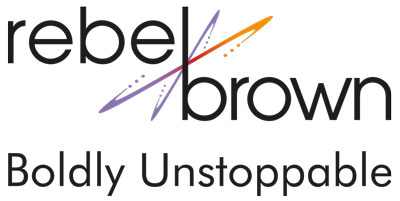I met Ralph Talmont on Twitter a couple of years ago. Ralph is a seasoned CEO and all around Zero Gravity thinker. His company, Pixengo, is a great study in dynamic thinking and a curved vs straight line path to business success. I asked Ralph to share about his initial focus, how quickly it changed and evolved – and how he continues to shift from traditional to new economy thinking and doing…
Pixengo was originally inpired into existence to answer a simple personal frustration. It very quickly morphed into a business designed to answer a far larger set of problems.
My initial frustration was one of not being able to send personalised greetings from my travels, without either paying through the nose for MMS or data roaming, relying on essentially unreliable or at least slow snail mail services or depending on photo sharing sites which are not designed for the purpose.
The larger opportunity which became very apparent very quickly was that travel publishing, going through a period of massive, ground-shifting change, was wide open for an aggressive player wanting to consolidate a number of offerings under one roof. Think of it as a social TravelChannel. And so, Pixengo was born.
We are creating a dynamic, multilingual, global service that does three things – makes it easier for quality bloggers to find their audience, gives travellers fun tools to keep in touch with home and offers brands a way to connect with their customers and potential customers in a very direct, personal way.
To solve this multi-directional puzzle we need to build one huge global publishing platform, which is what we’re doing. To get there we need to break up the process into small chunks. Otherwise we’re really throwing ourselves at the coalface with our bare nails. We can’t build a palace by just dreaming it into existence. Inspiration is what keeps you going but there needs to be a method. We need building blocks.
The first building block are our virtual postcards. Although we work with pictures, Pixengo is fundamentally different from photo sharing sites in that the service is designed as a personal way to deliver greetings and photos. Members can of course opt to share their pixengos (small “p” – that’s our name for the virtual postcards; big “P” that’s the company) but a lot of the time we want to send private messages and photos to family and friends and pixengos are designed to fulfill that need. The idea is that we don’t need to wait for the network effect to kick in until the service is useful to members. It is useful to them right now as the minimum viable product is meant to help share one’s holiday experience with family and friends. You don’t need a network for that. We purposely designed the system in such a way as to avoid the gravity pitfalls of having to grow for the sake of growing before we offered distinct value.
Of course we are looking to grow our membership base very quickly. Soon we will be turning on various social networking and publishing tools. One day soon members will come back to the site to find those, as well as an already existing community of users, from all around the globe, all interested in travel.
We’re going through the usual growing pains of an embryonic startup. We have a terrific master plan and a minimum viable product. The next step is pinning down the precise market / product fit. Until we’ve done that I expect we’re going to be soundly ignored by the investment community. If that is not gravity thinking then I don’t know what is, and we’re doing our best to work outside of that paradigm. Of course we need investment to make this into a dynamic, global company but even with minimum cashflow we will be able to move forward. We don’t consider getting investment any kind of measure of success – it’s simply a step on the road to success, where both the investors and the founders give up something in exchange for something else. Investors give up some money and gain a chance of a large return, founders give up equity and gain fuel in the tank.
If I were to give one suggestion to other startups or to people considering creating one, it would be to test all your assumptions with actual product, on actual people as soon as you possibly can. We have only been open for a month and we’re already getting feedback that is faster, more accurate and not to mention cheaper than spending hours on deliberation. For a product-driven company “theoretical testing” ie. focus groups, consultants, and so on and so forth are all only small steps towards getting real feedback. Real feedback can only come from strangers who use your product and have things to say about it, good or bad. Resisting gravity thinking here means growing a skin that’s thick enough so negative comments don’t give you bruises, while thinking enough to feel the pulse of the market.
You can learn more about Pixengo at www.Pixengo.com





